Easy To Make Bug-Out Lanyard
Today, it’s all about how to make a bug-out lanyard. No matter where you go, having extra protection is essential. You should make a bug-out lanyard that you can carry anywhere. Whether on a camping trip, out with friends, or alone in an unknown area, your lanyard may be handy when needed. You only need to put the right items on the lanyard to access them.
I have a friend, Wendy, who talked about making these as a group where she lives. So I wrote out the names of people I wanted to have a lanyard and ordered all of them to make sure they would work for all of us.
I bet many of you have several of these items in your home, so why not make a lanyard to use with your 72-hour kits or bug-out bags? All these items will be at your fingertips if and when you must leave your home to evacuate. This would also be perfect to use with your Get Home Bag. I will hang my lanyard over the headrest in my car so it’s always ready to use.
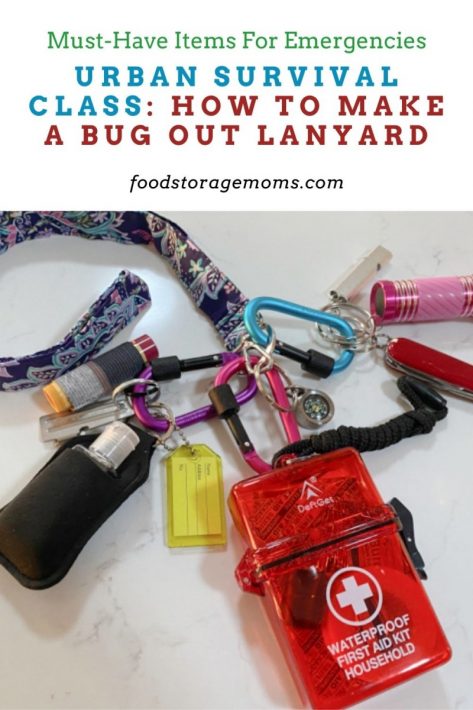
Purchase a Bug Out Lanyard
The first step to making a bug-out lanyard is to purchase the basic lanyard itself. You can find one in stores selling keys, but you may find better options online. The price of a lanyard varies tremendously and will depend on its size and material. Regardless of the choice, ensure it’s durable enough to hold the number of items you plan to attach to it. You don’t want your lanyard to break when you start using it after attaching the essential items.
Choose the Right Items to Add to Your Bug Out Lanyard

Bug Out Lanyard
Once you have your lanyard, it’s time to add the essentials. While you can decide what you feel is important to attach to your lanyard, these are some excellent suggestions. The goal is to keep things on your lanyard that can be useful during emergencies. This is the one I purchased: A lanyard
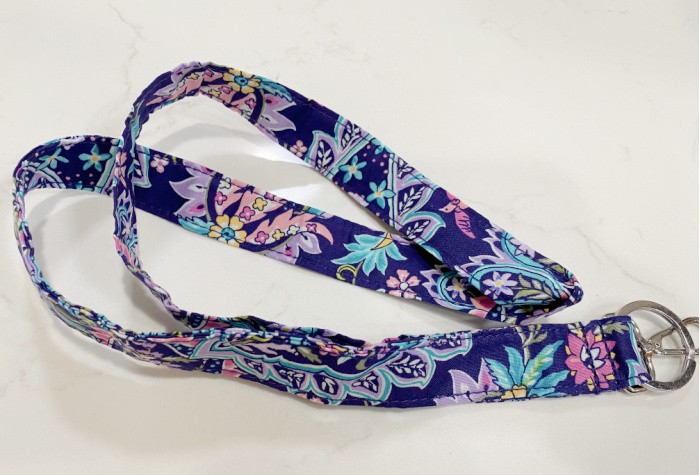
Lee, a reader, recommended a ParaCord Lanyard, so I also ordered the one that Lee suggested: WALNEW 25-inch ParaCord Lanyard.
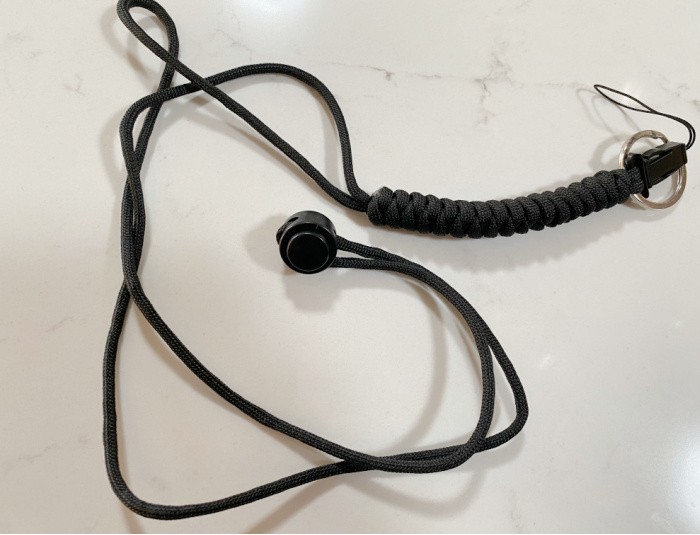
Carabiner
The carabiner is one of the most essential items to add to your lanyard. You will hang all your other things from it. I used three carabiners as hooks/holders. These are the ones I purchased: Carabiner
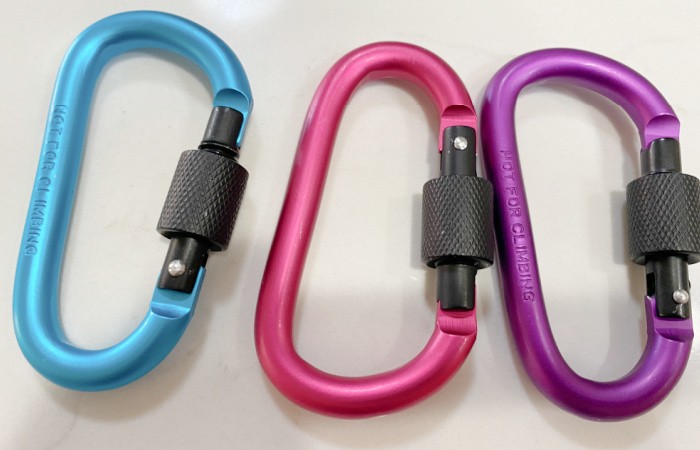
Mini Flashlight
A mini flashlight is a great addition to the lanyard. You can find mini flashlights available at low prices. Consider using an LED that will shine bright for hours instead of quickly dying out. You can even save money by purchasing the mini flashlights in bulk and adding a new one to your lanyard each time an old one dies out. This is the one I purchased: Mini-Flashlight
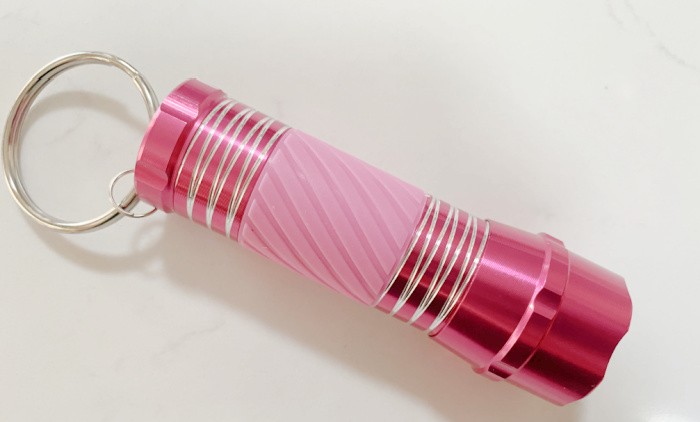
Consider getting a mini flashlight that is solar-powered. It saves on having to buy extra batteries, and they’re easy to recharge by placing them in your window sill.
Whistle
Get a whistle online or at one of several chain stores, such as Wal-Mart. It will come in handy if you are trying to scare off a wild animal, or let people know that you’re stranded in a specific area. It is an essential item to include in your lanyard. This is the one I purchased: Whistle. This whistle is awesome and loud!
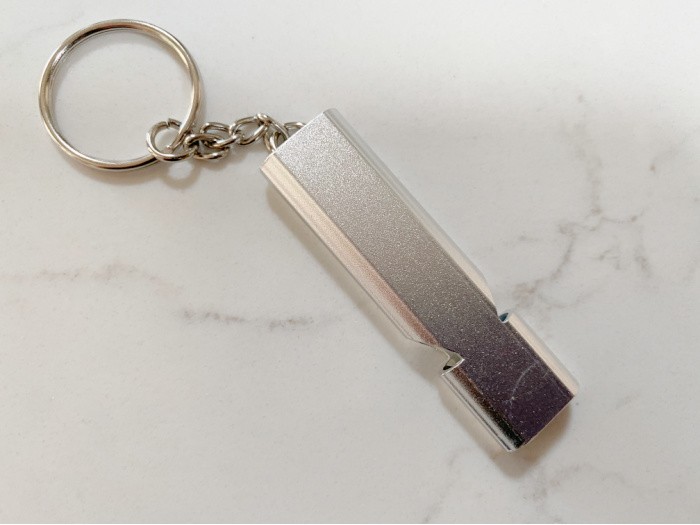
Compass
You never know when you might need a compass. If you get lost in the wilderness while camping, you can use the compass to guide you in the right direction. Make sure to include a durable compass on your lanyard. This is the one I purchased: Compass
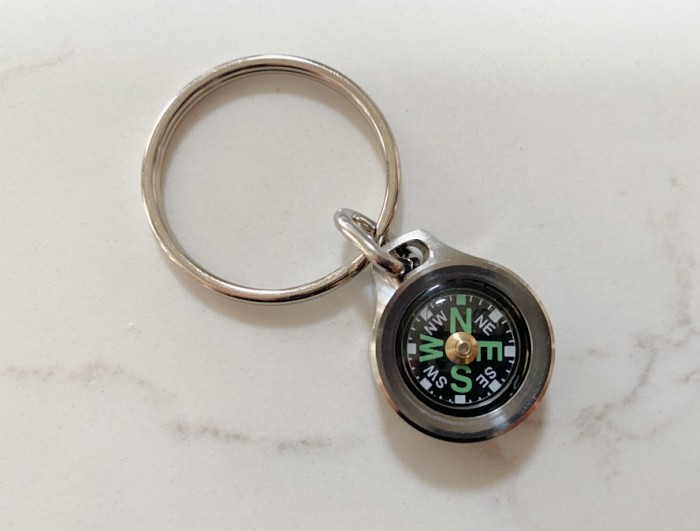
Miniature Can Opener
Look online for a miniature can opener to attach to your lanyard. If you’re camping and need food, you can easily open canned food without frustration. The miniature can opener is easy to find on Amazon.com for a reasonable price. This is the one I purchased: Mini-Can Opener.
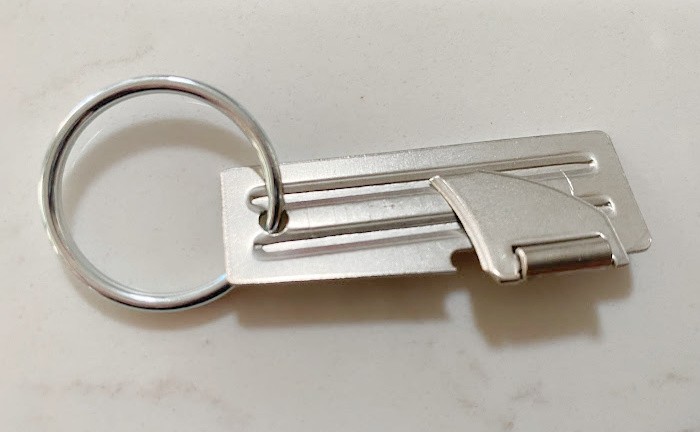
Small Swiss Army Knife
You might need one of these pocket knives to cut something while in the wilderness. It helps to attach one to the lanyard in case you need it. This is the one I purchased: a Swiss Army Knife. You never know when you might need to cut something like a cord or some fabric with the sharp blade. You don’t have to worry about a knife sheath since the blade and other tools fold into the knife case. It’s similar to a multi-tool I’ve told my readers they should have in their emergency kits, only on a smaller scale.
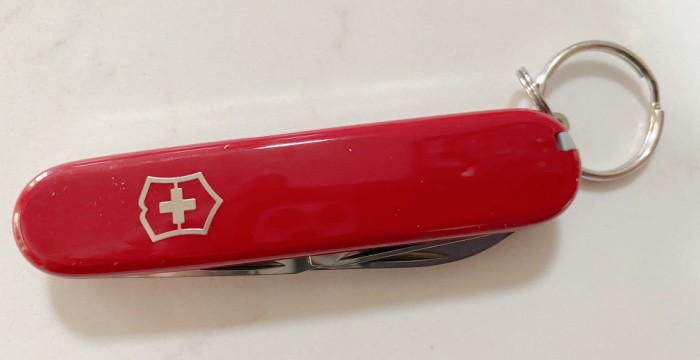
Lip Balm/Chapstick
Keep a lip balm stick on your lanyard to keep your lips from chapping. Cold, dry weather can quickly cause lips to become parched when you are outside for extended periods. This is similar to the one I have: Chapstick Sleeve. We like to have Blistex medicated lip balm since it also has SPF 15 sun protection.
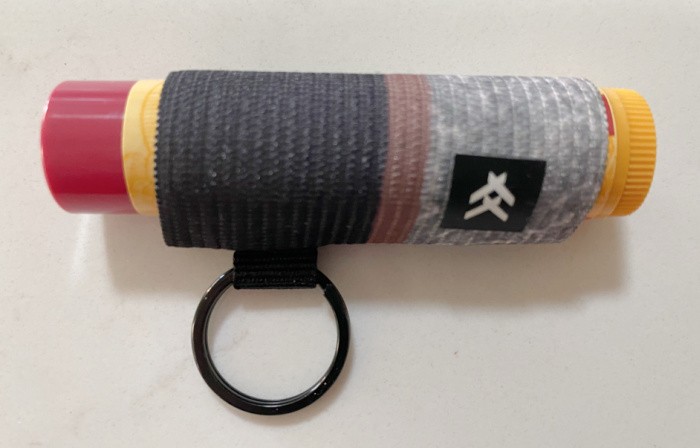
USB Drive
Load your identification and other vital documents on a USB drive. Attach the drive to your carabiner on your lanyard. It might not seem important, but it is an essential item to carry with you. Here is a 32GB Flash Drive. I’m sure you have one at home; just make a copy of what’s on it.
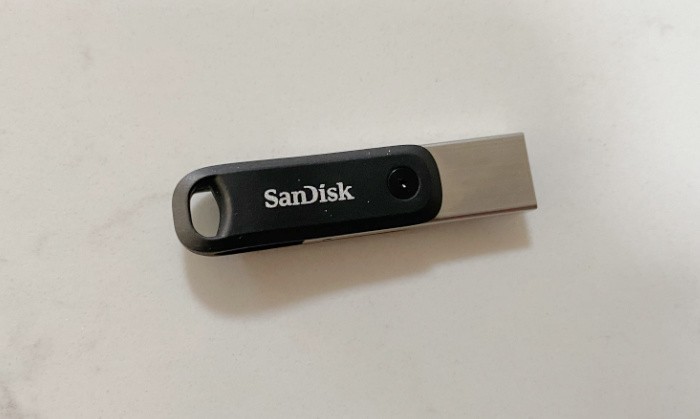
Sanitizer
Keep your hands clean and get rid of germs with a bottle of hand sanitizer. You can attach a miniature bottle (in the holder below) to your lanyard and fill it up again when it’s empty. This is the one I purchased: A Hand Sanitizer Holder.
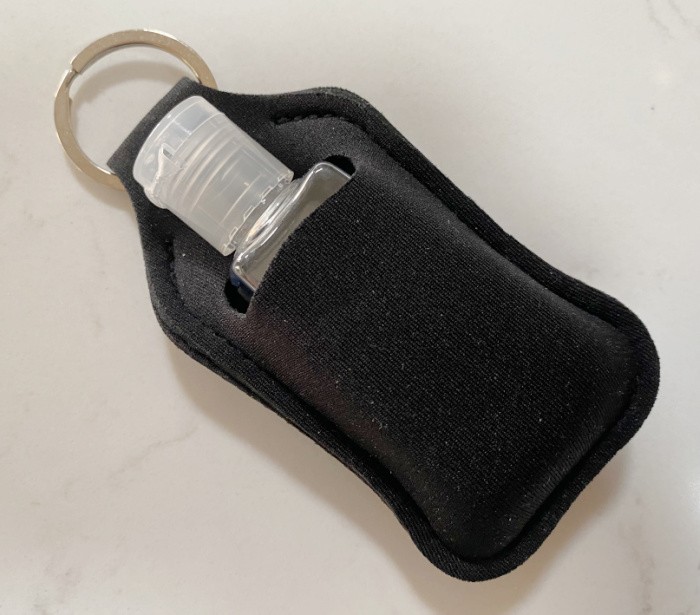
Name Tag
Include a name tag that lets people know the lanyard belongs to you. To prevent damage, you can laminate a name tag card before attaching it. I opted for this one: Name Tags.
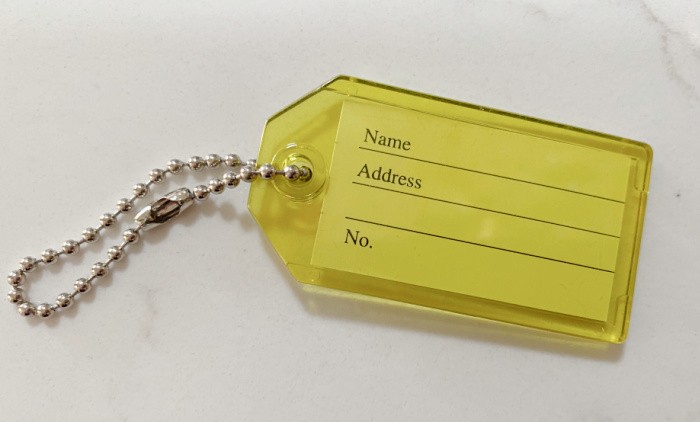
Nail Clippers
Another reader recommended some nail clippers. We all know we love to have some nail clippers when we have one of those nasty hangnails, right? I chose these because they had a hole in the end so I could add them to the lanyard. Nail Clippers.
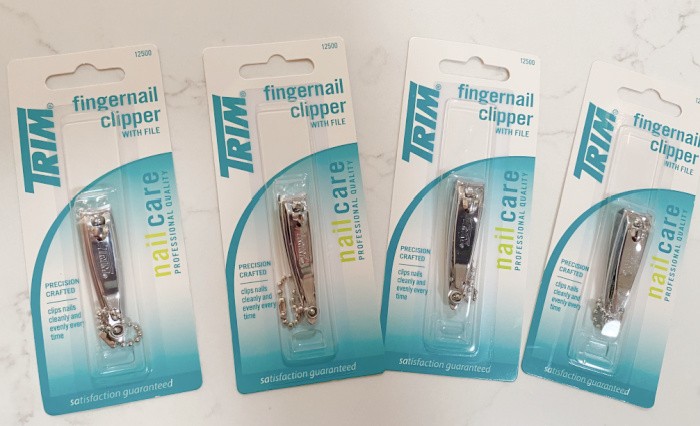
Fire Starter
Another reader suggested a Fire Starter; this is the one I ordered. Swiss Safe® 5-in-1 Fire Starter with Compass Paracord
This is how you use it, according to the box, and I quote:
- Gather kindling, dry grass, pine needles, small twigs, or small branches.
- Use the serrated edge of the striker to shave some magnesium from the rod onto the pile of tinder. Keep the shavings close together.
- Strike down on the rod quickly and forcefully with the smooth edge of the striker to create sparks and ignite the magnesium pile and tinder.
- Gently blow on the flame and feed it with kindling until you have a full fire.
- Burns at 5500°F.
- Wind/Cold/Water-Resistant.
- Lasts up to 16,000 Strikes.
- Built-in Emergency Whistle.
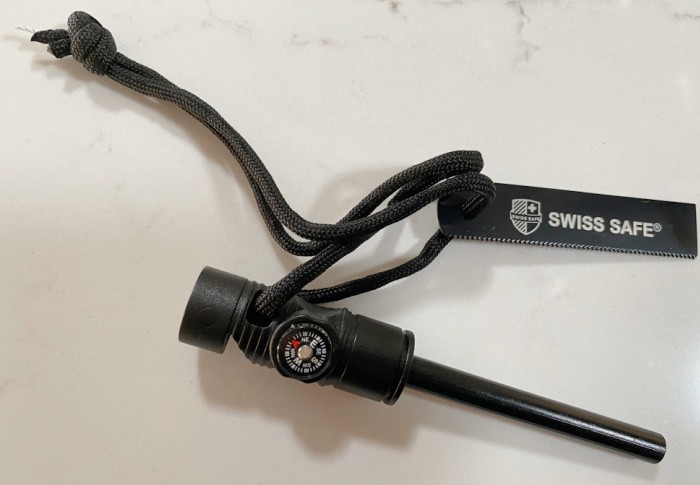
First Aid Kit
There is something extraordinary about having a first aid kit attached to a lanyard. I will put this lanyard in my car so it’s easy to grab when I need these items quickly. I purchased this First Aid Kit (this one is too big for the lanyard, but great for the car), and then I ordered this one: First Aid Kit.
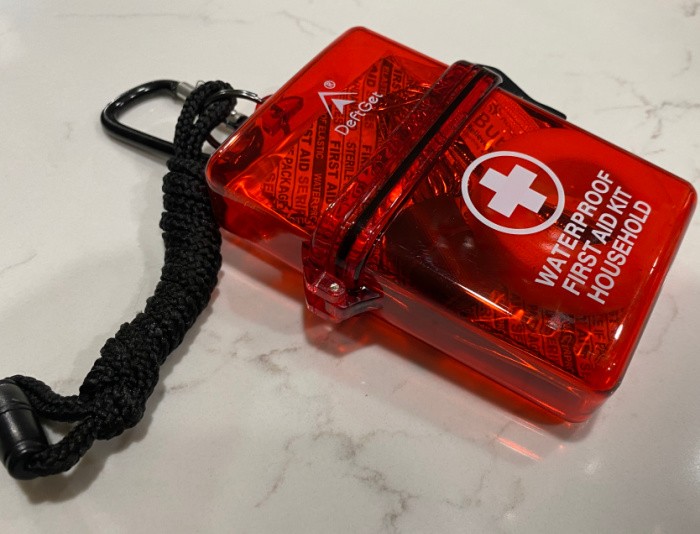
Updated Lanyard w/ParaCord
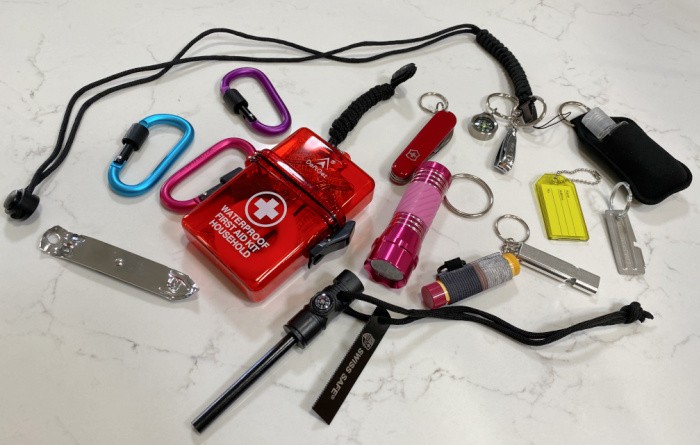
Other Helpful Items to Consider:
You may want to have other items like a small sewing kit with different needle and thread options, a small pouch to hold lighters, key rings, cutting tools, or other handy survival gear.
Final Word
If you purchase a lanyard and assorted essential items, you can create a custom bug-out lanyard. No matter where you decide to go, you’ll have things that can keep you safe and help you escape a bad situation. You may have other items you feel are essential to add. Let me know what different or additional items you would be sure to have on your lanyard. May God bless this world, Linda.


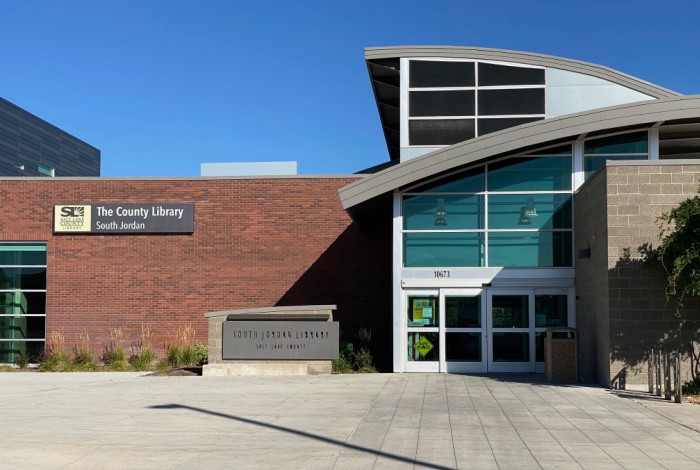
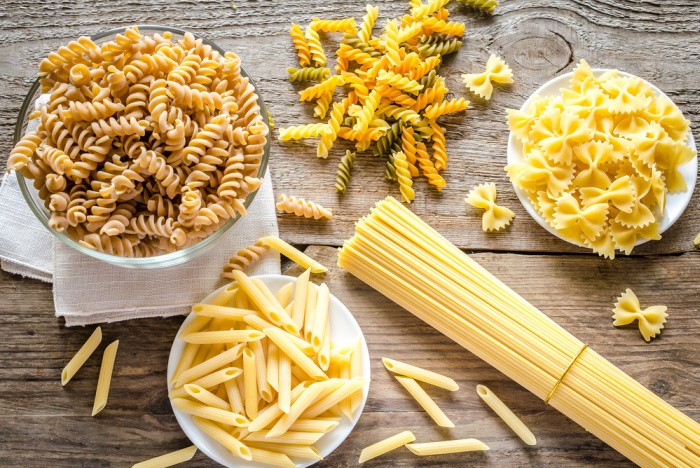

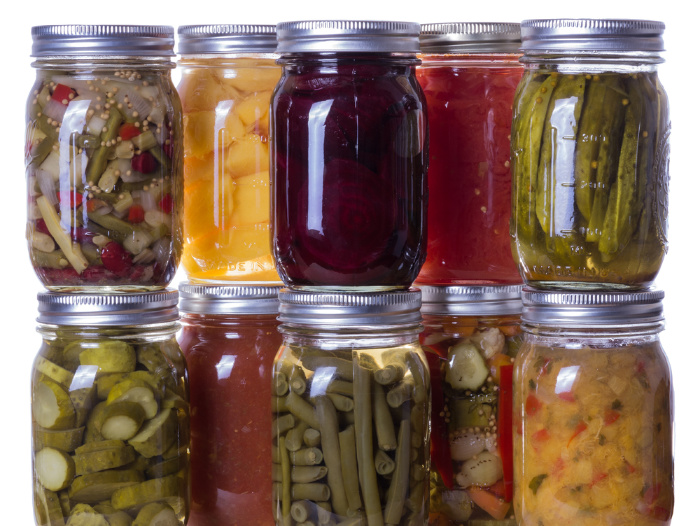
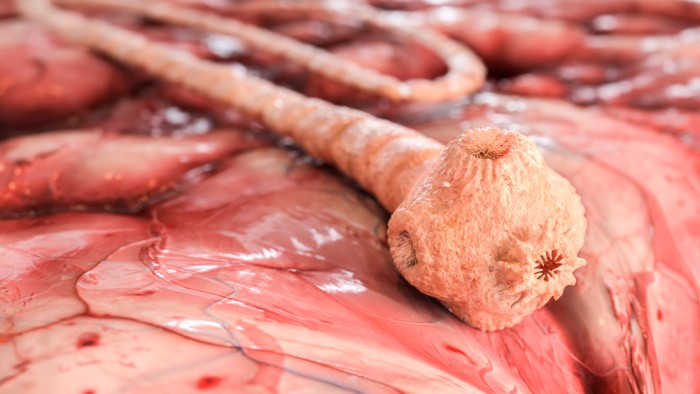
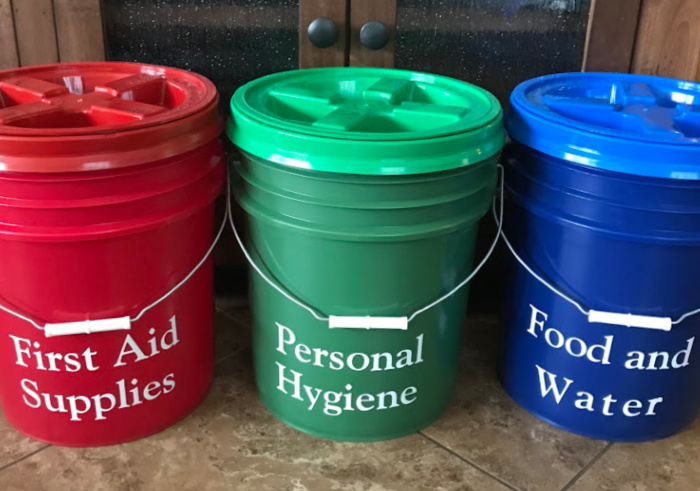
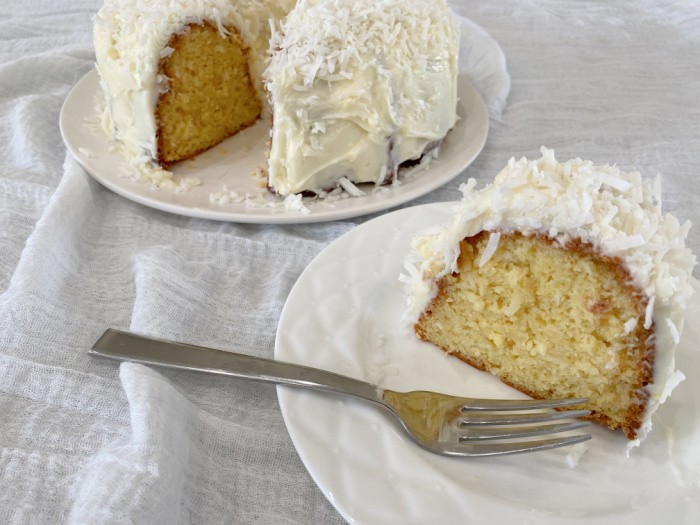












Great idea.
HI Roberta, thank you! Linda
Fantastic idea, Linda! I’m going to make one for my dog’s necessities: license & rabies tags, treats, poop bags, pepper spray (for coyotes & aggressive strays), etc.. I use a wheelchair to walk her, and your lanyard idea will keep everything very handy for me. Thanks for solving a big problem I’ve had.
Hi Roxanne, oh my gosh, I need to make one for my dog now!! I love how we can share ideas! Life is so good! Linda
Strapworks.com is a good source for lanyards.
They have a wide variety of color webbing and printed webbing.
They can even print custom designs on webbing. Very sturdy & comfortable to wear.
Sturdy hardware components.
Linda, I really like this! What an awesome idea. Lanyards aren’t hard to make either. I have several from traveling. But, do need to get the Carabiners. I may to make several of these for family for Christmas. Thank you so much for sharing this with us! You are awesome, and my Survival Hero!
Hi Deborah, you are so cute, thank you for your kind words. I was thinking of making these for my family as well. Linda
Happy Monday morning, Linda,
The only two things I will do differently is to place a short piece of lightweight chain on the end of the lanyard. That way, you do not have to put all the carabiners in the same loop and have them bunched up and jammed together. The other thing that I will do is to replace the P-38/P-51 can opener with a pierce and pour type can opener, what we used to call a church key. It can be used to pierce numerous times around the edge of any can and get it open. Plus, it can be used to open beverage bottles as well by using the other end. In a pinch, the sharp point can be used as an improvised weapon if someone is threatening bodily harm. And, it is a little larger and easier to use. Just my two cents worth.
My husband has had a church key on he’s key ring for 40 yrs.
Hi Harry, I love these ideas, I have the chain stuff and the church-key! I love it!! Linda
Linda, nice ideas! I would put some kind of cover over any compass to prevent scratching or breaking it, even a thick rubber band would help. Also, if you are where it might be cold, consider a plastic whistle. A metal whistle can be very cold to blow on. You would want one of the pealess kinds, so that it could not freeze and then would not whistle. I am curious what hooks you are talking about for the carabiners? Did you mean you would want at least four carabiners? Thanks for all you info!
Hi Jan, I only used 3 carabiners. You could use more or less. I like the plastic whistle idea. When I wrote this, I thought I would use four carabiners as “hooks”, but ended up only using three. I need to go change that in the post. Thanks for catching that. Linda
Very timely! I had a small bag with similar essentials that I used to switch between various packs and shoulder bags but recently came to the conclusion that each bag should just have it’s own collection of items based on the most common use of that bag. This involved a detailed look at just what to consider necessary so this definitely helps. Now I’ll probably go with the lanyard for each bag. I would also add a lighter or other fire starting device and a basic sewing kit as essentials.
Hi Alice, oh, a lighter, and sewing kit, I love it!! Linda
I like the idea of this but having something like this hanging around my neck is just not something I am comfortable with. Instead, I have an EDC with these items in it but it is my cross over bag. It carries all of these things as well as my wallet. And a couple of other things that no one needs to know about!! What I like about my bag is that it is RFID proof, large enough to carry other things as well AND it has a reinforced strap that cannot be sliced though. I have had it a number of years now and cannot recall where I bought it but most likely on Amazon!!
As to the comment on the “church key” opener, I would strongly suggest both the “church key” opener and the P38/P51. More than one way to open things.
One other thing that I do carry is pepper spray. If it is allowed in your state!!
Great idea. I would suggest using a Paracord Lanyard so it could be used for a variety on uses an not just a lanyard. Similar to what is offered on amazon: https://www.amazon.com/WALNEW-Survival-Paracord-Carabiner-Flashlights/dp/B01L3C5YWW/ref=sr_1_6?dchild=1&keywords=Paracord+neck+lanyard&qid=1614019397&sr=8-6
Hi Lee, now we’re talking!! Thank you for the suggestion!! I will order one right now. Linda
Hi Lee, I ordered a black one and will be updating my images with items others have suggested, thank you! Linda
There are a bazillion videos on making lanyards from paracord on youtube.
For people who don’t want to wear it all on their neck, a belt would work too, with the carabiners. My Mom was a Girl Scout leader back in the dim and distant past. She had 10 feet of rope ( pre paracord) a flashlight, compass, first aid kit and pocket knife all on a row of split rings on her belt. When she wasn’t wearing it, she had it hung nearby for access. The only thing around her neck was her whistle.
She had 2 more split rings with mini song books and identification books on them.
Another alternative would be a bum bag.
Hi Diana, I love this, thank you for sharing!!! Linda
It’s a neat idea. I have a carabiner for keys and I often put a whistle, little Swiss Army knife, tiny utility knife, tiny flashlights on key rings and then attach them on carabiners.
I always carry a pocket knife, but at one time I wore a fanny pack and then a waist pack (Basically the same) and I carried a pocket sized raincoat, two pocket knives, a folding shovel, a Bic lighter or two, a flashlight, a key light, etc., and it all fit into a small pack.
It’s good to try different things so that you always have some items with you.
Hi Frank, I totally agree we need to have a few different items with us at all times. I love the carabiners for so many things!!! Linda
It occurs to me that a possible lanyard would be to make one with paracord – like the wristbands – then one would have a nice length of cord to use, too.
HI Cindy, you are so right, I mentioned that in the post from another reader. Great reminder, thank you, Linda